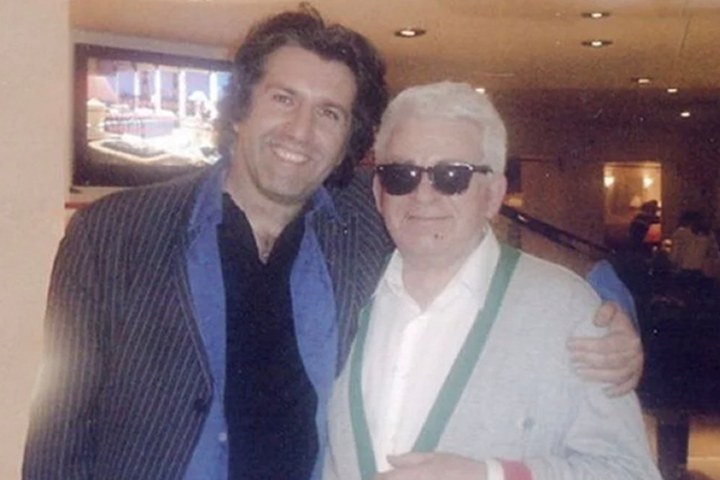


Jason Kouchak was born in Lyon in 1969 and has Russian roots, even very famous ones. His great uncle was Alexander Vasilyevich Kolchak, a naval officer and commander of the Russian Black Sea Fleet during the First World War. After the communist revolution, Kolchak fought against the Bolsheviks in Siberia as leader of the so-called "Kolchak Army". For a time he was president of non-communist Russia, whose government was based in Omsk. In 1920, Kolchak was executed in Irkutsk while on the run. His brother's family had gone to France after the Russian Revolution.
Kolchak's descendant Jason Kouchak attended Westminster School and then studied classical music at the Royal College of Music and at the University of Edinburgh. But he also liked to play chess. In the Mega Database you can find games he played in the Jersey Open 2003, the Gibraltar Challengers and Masters 2009 and later from the London Chess Classic Open.
With an Elo rating of almost 1800, the musician has a very respectable playing strength for an amateur player, as can be seen in the following game:
When Kouchak took part in the Gibraltar Open 2009, tournament director Stuart Conquest introduced him to Boris Spassky, who was still in good health at the time. Kouchak wanted to take a photo of himself with Spassky, but the 10th World Champion set one condition: The musician was to play Rachmaninoff's Piano Concerto No. 2, Spassky's favourite, on the piano in the Caleta Hotel. Kouchak played a small excerpt, Spassky was happy, and the two made the photo.
Spassky, Kouchak and Conquest then spent the evening together and had an interesting conversation. Through his second wife Marina Yurievna Shcherbachova, Spassky also has a connection to the Russian Civil War, which followed the Bolshevik takeover after the Russian Revolution.
Marina Shcherbachova is the granddaughter of the Russian general Dmitry Shcherbachev, who, like Alexander Kolchak, had fought for the "Whites" against the Bolsheviks. After disagreements with Baron Pyotr Wrangel, Shcherbachev left the White Army and went into exile in Nice. His granddaughter Marina worked as a secretary in the French Embassy in Moscow in the 1970s. Spassky met her there and moved with her to Paris, where he lived for many years.
With a composition Kouchak commemorates the 50th anniversary of the legendary World Championship match between Spassky and Fischer, in Reykjavik 1972:
It is about the 11th game of the match, Spassky's first "real" win, if you do not count Fischer's forfeit in game 2 and the first game, in which Fischer blundered in a absolutely equal position:
Translation from German: Johannes Fischer
| Advertising |